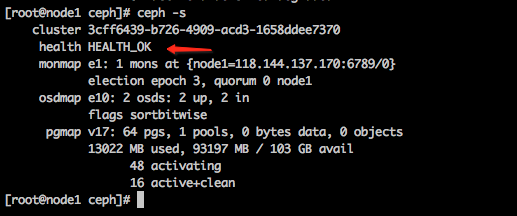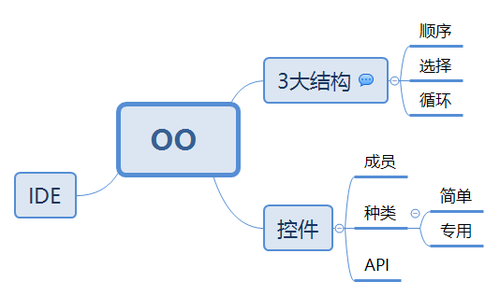Java并发编程:CountDownLatch和Semaphore应用示例
在Java并发编程中,CountDownLatch和Semaphore都是线程同步工具,用于控制多个线程的执行顺序。这里分别给出它们的应用示例:
- CountDownLatch:
CountDownLatch是一个单向共享计数信号。当一个线程调用await方法时,该线程会阻塞直到CountDownLatch的值减少到0。
示例代码:
import java.util.concurrent.CountDownLatch;public class CountDownLatchExample {private final CountDownLatch countDownLatch = new CountDownLatch(1);public void startThread() throws InterruptedException {countDownLatch.countDown();System.out.println("Thread 1 started");// 线程睡眠一段时间,以确保CountDownLatch的值减少Thread.sleep(2000);}public static void main(String[] args) throws InterruptedException {CountDownLatchExample example = new CountDownLatchExample();Thread thread1 = new Thread(() -> example.startThread()));Thread thread2 = new Thread(() -> example.startThread()));// 启动两个线程thread1.start();thread2.start();// 等待所有线程执行完毕thread1.join();thread2.join();System.out.println("All threads have finished");}}
在这个示例中,CountDownLatchExample类有一个countDownLatch。当启动两个线程thread1和thread2时,它们会分别调用countDownLatch.countDown()来减少计数器的值。
在主函数中,我们通过Thread.join()等待所有线程执行完毕,然后输出一条消息表示所有任务已经完成。



































还没有评论,来说两句吧...